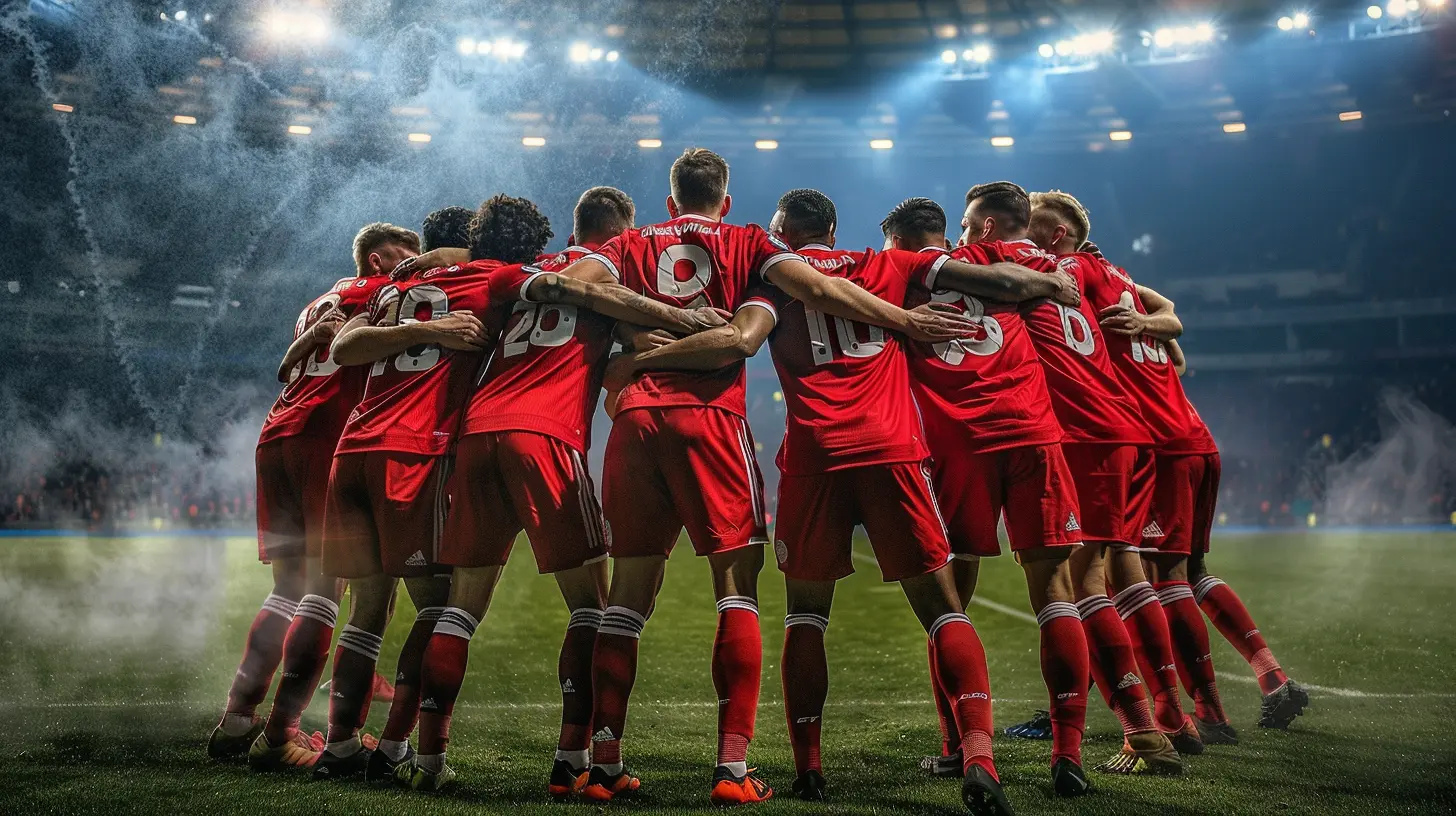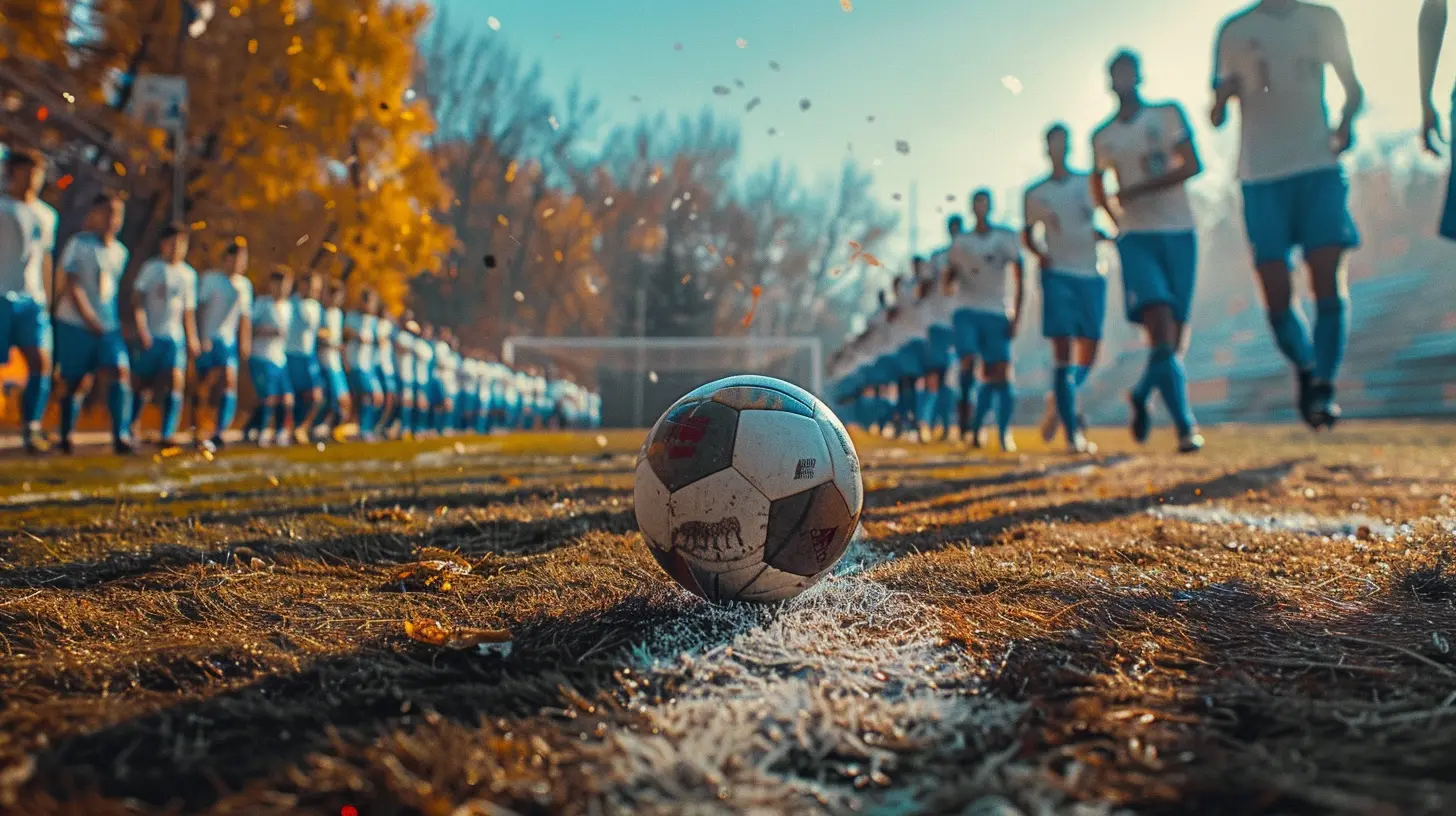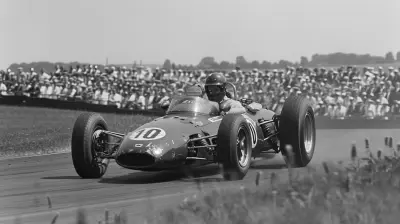Pressing as a Unit: Coordinating the Team Effort
13 June 2025
Have you ever watched a football team hunt the opposition like a pack of wolves? It’s a sight to behold. One misstep from the opposition, and suddenly, they're swarmed, their passing lanes cut off, their options reduced to nothing. That’s the beauty of pressing as a unit—a well-coordinated effort where every player moves in sync. But what makes a team’s pressing effective? Let’s dive deep into the mechanics of pressing and uncover the secrets behind this high-intensity strategy. 
What is Pressing?
Pressing, in simple terms, is the art of putting pressure on the opposition to force mistakes, win the ball back quickly, and disrupt their build-up play. But pressing isn't just about chasing the ball like headless chickens—it requires discipline, coordination, and the right triggers to execute successfully.When done right, pressing can suffocate the opposition, force them into uncomfortable decisions, and create scoring opportunities. But if one player missteps, the entire system can collapse in an instant. So, how does a team press effectively as a unit? 
The Fundamentals of Pressing as a Unit
Pressing is more than just one or two players running at the ball. It requires all 11 players to be on the same page. Let’s break it down into key elements.1. Trigger Points – Knowing When to Press
Pressing isn’t done randomly. Teams often wait for specific moments, or "triggers," to start pressing aggressively. Some common pressing triggers include:- A poor first touch from an opposition player
- A back pass to the goalkeeper
- A weak or slow sideways pass
- A bad body position that limits passing options
The best pressing teams are like hunters—they wait for the perfect moment to strike.
2. The Collective Movement – Moving as One
Pressing works only when the entire team moves together. If one player decides to press but the rest of the team doesn’t follow suit, the opposition can easily bypass them.Think of pressing like a fishing net—you want to trap the opposition in a confined space. That means cutting off passing lanes, forcing mistakes, and making sure there are no easy escape routes.
3. Cutting Off the Passing Lanes
Pressing isn’t just about closing down the ball; it’s also about limiting the opponent’s options. Players must position themselves smartly to block passing lanes, making it harder for the opposition to play their way out of pressure.A well-drilled pressing team makes the opposition feel like they are trapped in a shrinking box—every pass they attempt leads to another press.
4. Compactness – Staying Tight and Organized
One of the golden rules of pressing is maintaining compactness. This means players stay close to each other, reducing spaces for the opposition to exploit.If a team spreads out too much while pressing, they leave gaps that can be exploited with quick passing. But when they stay compact, they force the opposition to either go long or risk losing possession.
5. The First Defender’s Role – Setting the Tone
The first player to initiate the press is crucial. Their job is to dictate the direction of play by forcing the opposition into predictable areas.For example, a striker pressing a center-back can angle their run to force the ball towards the sideline, limiting options and making it easier for teammates to close in. 
Different Pressing Strategies
Not all pressing systems are the same. Some teams press aggressively, while others press selectively. Let’s look at a few common pressing strategies.1. High Press – The All-Out Hunt
The high press is when a team presses aggressively high up the pitch, trying to win the ball near the opposition’s penalty area. This strategy is most effective when facing teams that like to build from the back.Teams like Liverpool and Manchester City have mastered the high press, forcing turnovers in dangerous areas and immediately transitioning into attack.
2. Mid-Block Press – A More Disciplined Approach
Instead of pressing high, some teams prefer to set up their press in the middle third of the pitch. Here, they allow the opposition to progress slightly before closing in and cutting off options.This is a great strategy for teams that want to stay compact but still exert pressure at the right moments.
3. Low Block with Selective Pressing – Pressing in Bursts
Some teams prefer to sit deep and only press when the ball enters specific zones. This is commonly seen in counter-attacking teams that wait for the perfect opportunity to pounce.Atletico Madrid, for example, excels at this approach—soaking up pressure and then pressing hard when the opposition makes a mistake. 
Common Mistakes in Pressing
Pressing is a high-risk, high-reward strategy, but it can backfire if not executed properly. Here are some common mistakes teams make while pressing:1. Lack of Coordination
If one player presses while the rest hesitate, the opposition can find a way out easily. Pressing requires everyone to commit or not press at all.2. Overcommitting and Leaving Gaps
Pressing teams must be careful not to leave huge spaces behind. The best pressing sides know when to be aggressive and when to retreat.3. Poor Stamina Management
Pressing is physically demanding. If a team presses relentlessly for 90 minutes without proper stamina management, they risk burning out and conceding late goals. Pressing teams need to be smart about when and how to press.How to Train Pressing as a Unit
Pressing isn’t something that happens overnight. It requires intense training, communication, and tactical discipline. Here’s how teams develop an effective pressing system:1. Small-Sided Games
Coaches often use small-sided games (like 5v5 or 7v7) to teach pressing concepts. These games force players to learn how to close down spaces quickly and work together.2. Trigger Recognition Drills
Players must be trained to recognize pressing triggers and react instantly. Drills where players press only after a specific trigger (like a bad touch or a back pass) help build this instinct.3. Positional Awareness Training
Pressing isn’t just about running—it’s about positioning. Teams work on maintaining their shape while pressing, ensuring they don’t leave gaps.4. Communication Drills
Pressing only works when players communicate. Teams practice calling out pressing cues and ensuring everyone moves in sync.Conclusion: The Art of Pressing as One
Pressing as a unit is like a perfectly choreographed dance—one wrong move, and everything falls apart. It requires discipline, coordination, and relentless energy. But when executed correctly, it can suffocate even the best teams and turn defense into attack in the blink of an eye.So next time you watch a match, pay close attention to how teams press. Are they hunting in packs? Are they cutting off passing lanes? Are they forcing errors? If the answer is yes, then you’re witnessing a masterclass in pressing as a unit.
And who knows? Maybe your own team can start pressing like the pros with the right training and mindset.
all images in this post were generated using AI tools
Category:
TacticsAuthor:

Nelson Bryant
Discussion
rate this article
2 comments
Zain Horne
Great insights! Effective pressing as a unit can truly elevate team dynamics. Emphasizing communication and positioning is key. Looking forward to seeing how teams implement these strategies!
June 21, 2025 at 2:52 AM

Nelson Bryant
Thank you! I'm glad you found the insights valuable. Effective communication and positioning are indeed crucial for successful pressing. Excited to see how these strategies evolve!
Honor McCabe
Intriguing concept! How does effective pressing improve team dynamics and overall performance on the field?
June 18, 2025 at 4:17 AM

Nelson Bryant
Effective pressing fosters teamwork by promoting communication, enhances player awareness, and creates shared goals, ultimately leading to improved cohesion and performance on the field.


